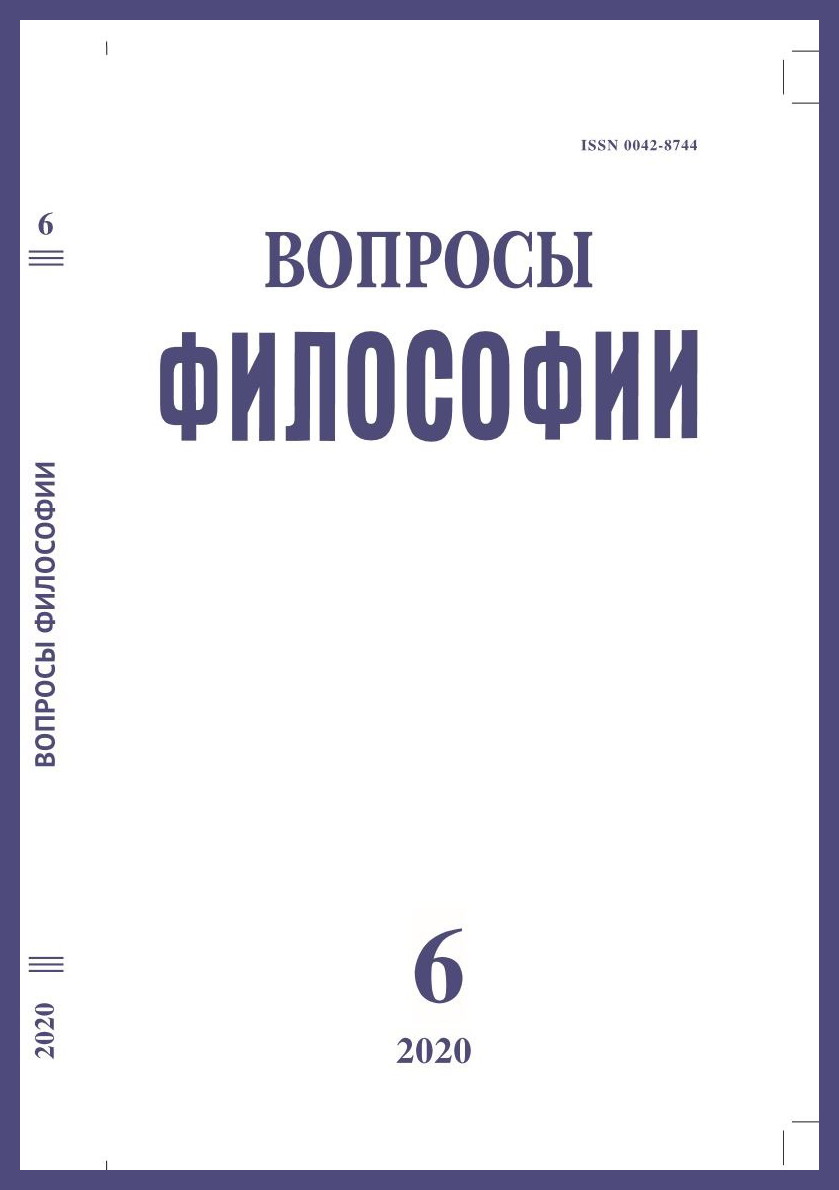Collective and Communicative Memory of The Scientific Community: Features of Formation and Research*
DOI:
https://doi.org/10.21146/0042-8744-2020-6-23-27Keywords:
collective memory, collective knowledge, communicative memory of social community, scientific community, narrative, historyAbstract
The article analyzes the ambivalent nature of the phenomenon of collective memory in the some aspects: transpersonal and interpersonal, general and singular, as the sum of individual memories and as an independent structure. It is shown that it is its constructed nature that is a key feature of collective memory, which distinguishes it from historical memory, cultural memory, making the collective an essential part of social memory. The role of communication in the formation of collective memory is emphasized on the example of the analysis of the memory of social communities, in particular, the scientific community, the study of which allows us to demonstrate the ambivalent nature of collective memory. Following Jan Assmann, we are considering the communication memory as a collection of memories of the recent past, summarizing the personal experience of contemporaries of the events and several subsequent generations. It is concluded that to study the characteristics of the functioning of the scientific community, it is possible to equate the value of collective and communicative memory, using as the most promising narrative approach. This will allow to reflect the features of such a memory – scientific and professional, which is being formed at the same time in the context of the formation of the vital world of man

